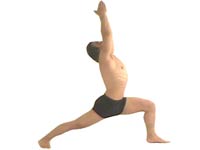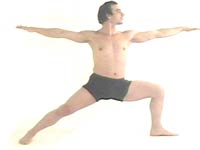About Patellar Tracking Disorder
The patella known as the knee cap. It is a small bone that slides when the knee is bent and straightened. The kneecap is held in place by tendons which help to balance the way it glides into and out of the femoral groove.
Patellar tracking disorder is a condition in which the kneecap moves out of its intended path when the knee bends or straightens. A layer of cartilage is present behind of the kneecap to prevent friction. The friction is so low in a healthy knee that there is more friction in a air hockey puck.
What is patellar tracking disorder?
Sudden blunt force trauma to the kneecap can misalign the kneecap bone. This will instanly imobolize the patella and be acompaniied by severe pain and swelling.
Tendons secure the kneecap at the anterior (front) at both the top and bottom and ligaments are responsible for holding it in place on the sides.
Weak muscles in the legs that can contribute to patellar tracking disorder are the quadriceps. These are a specific group of large muscles that influence the position of the patella while stationary and when it glides along the knee. Some yoga postures that help knee stability and strength are shown below.

The angle in the knee is quite deep in the 2 Warrior postures shown. Try less of an angle to begin with. This can be achieved simply by stepping the legs a little closer.

If the adductor muscles in the legs are inflexible they will affect the knee position by pulling it inwards. It is best if the knee is perfectly aligned in these postures. This is another reason to perform the Warrior postures in yoga with the legs a little closer together.
|